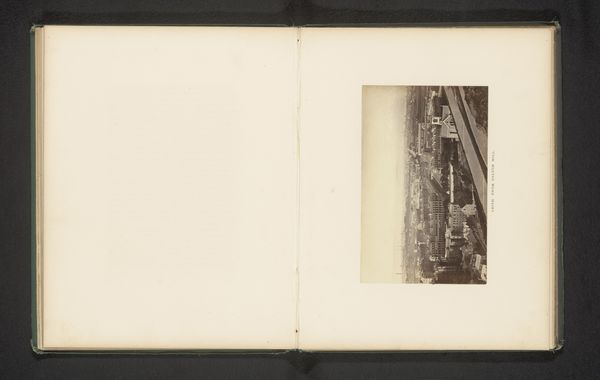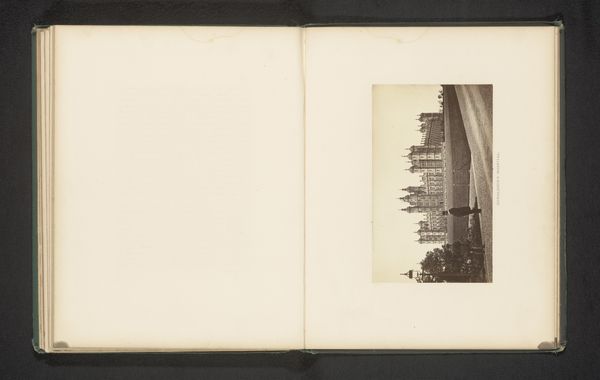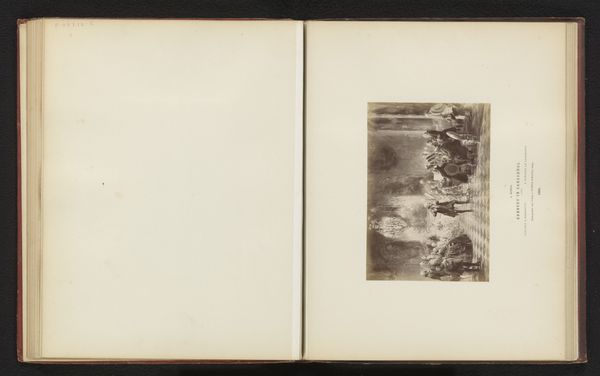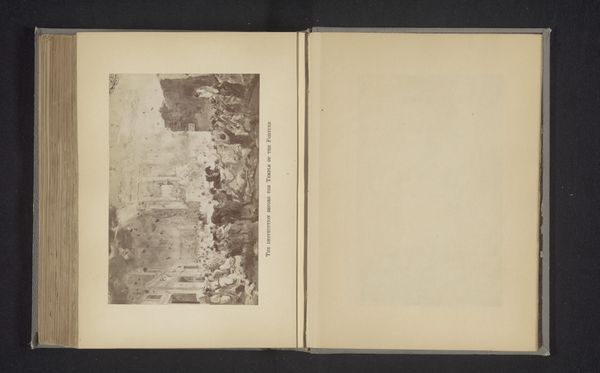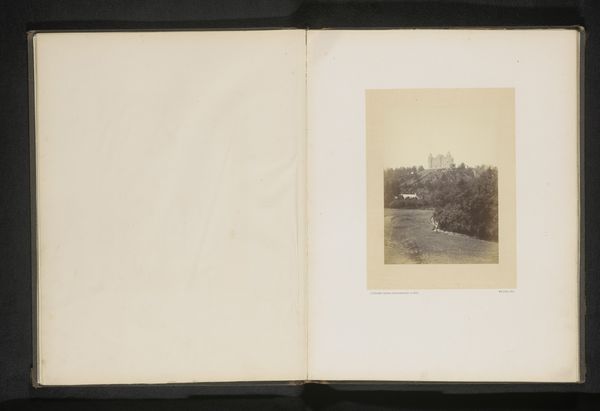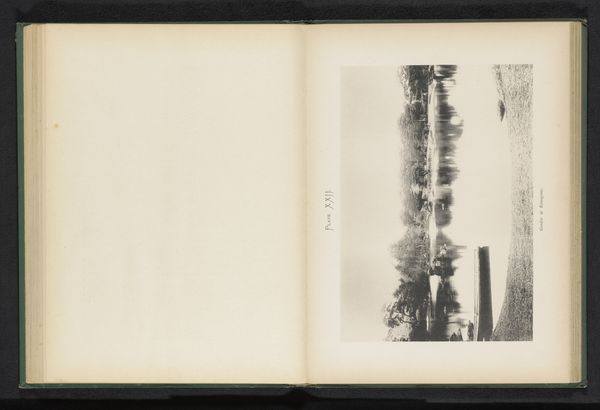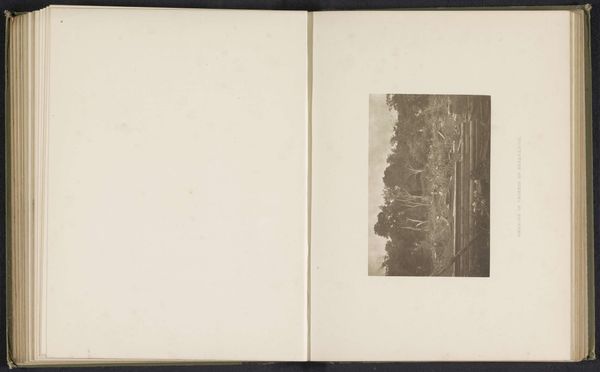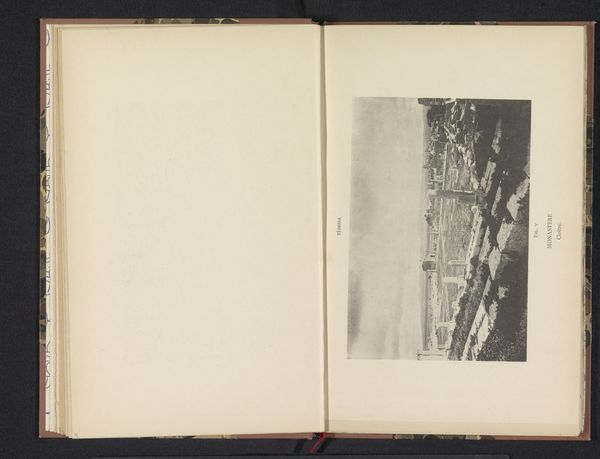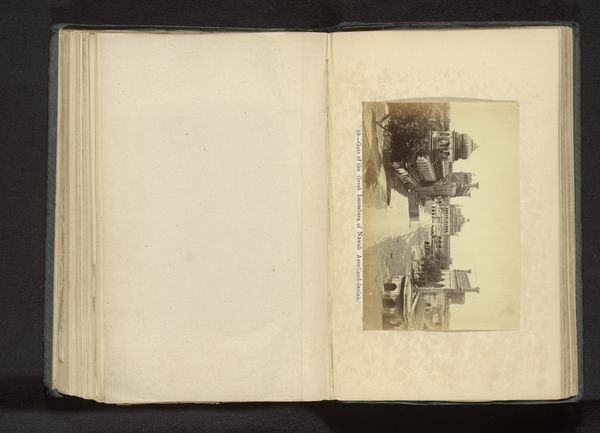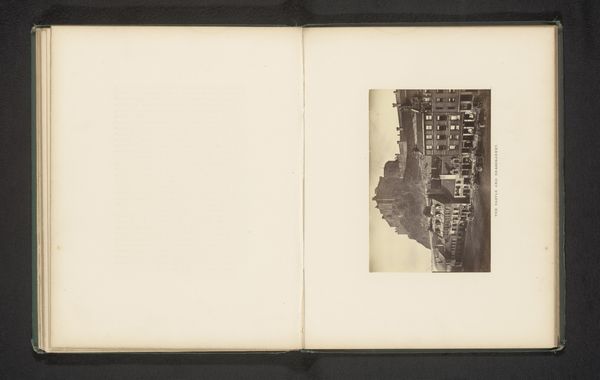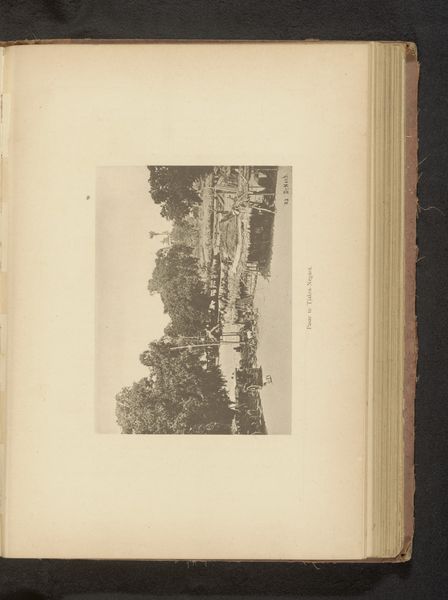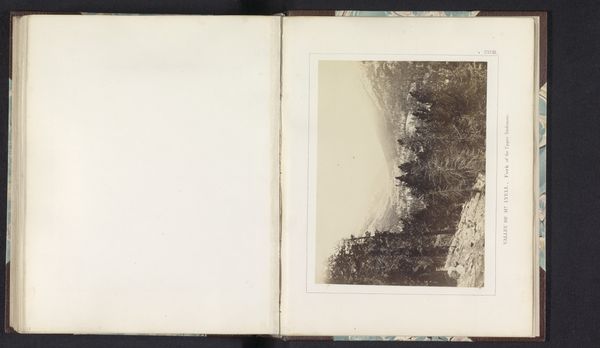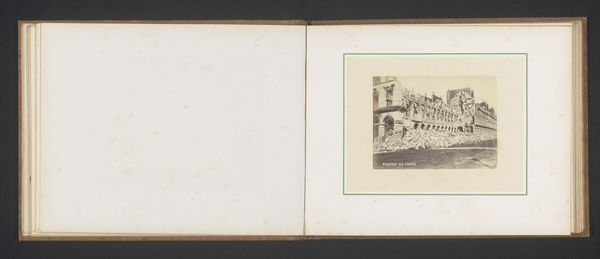
photography, gelatin-silver-print
#
photography
#
gelatin-silver-print
#
cityscape
#
realism
Dimensions: height 100 mm, width 166 mm
Copyright: Rijks Museum: Open Domain
Editor: So, this is "Gezicht op Edinburgh en de spoorlijn bij Edinburgh," taken by Archibald Burns around 1862-1867. It's a gelatin-silver print, capturing a cityscape. What strikes me is how this technology allowed for the mass production of images – what’s your take? Curator: I'm immediately drawn to the materials and the social implications of Burns's work. The gelatin-silver print process itself speaks volumes. Think about it – the labor involved, the accessibility it provided. Before photography, such views were largely reserved for the elite who could commission paintings. Photography democratizes representation. How does that shift our understanding of who has the power to document and interpret the world around them? Editor: That’s a great point. So, are you suggesting the value here lies less in the picturesque scene, and more in understanding the context of its production? Curator: Precisely. We must consider how this cityscape becomes a commodity, circulated and consumed within a burgeoning industrial society. Look closely at the railway line itself; a symbol of progress and connectivity, yes, but also of industrial expansion fueled by resource extraction and labor. Whose labor made this photograph possible, and what were their conditions? Editor: So, rather than just appreciating the aesthetic, you’re encouraging us to think critically about the materials and methods, revealing a wider story of labor and social change. Curator: Exactly. The rise of photography isn’t just an artistic phenomenon; it’s an integral part of the material culture of the 19th century, impacting how we see and interact with our world. And question assumptions, right? Is realism always a straightforward recording of reality? Editor: Definitely given me a lot to think about – a shift from just seeing the image to seeing the industrial and social process behind its creation. Curator: And for me, I'm reminded to consider how the democratization of image making forever changed not just art, but its social function.
Comments
No comments
Be the first to comment and join the conversation on the ultimate creative platform.
